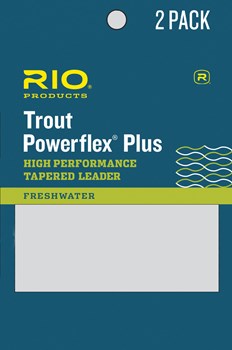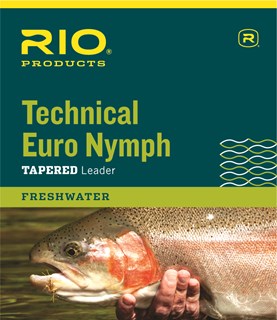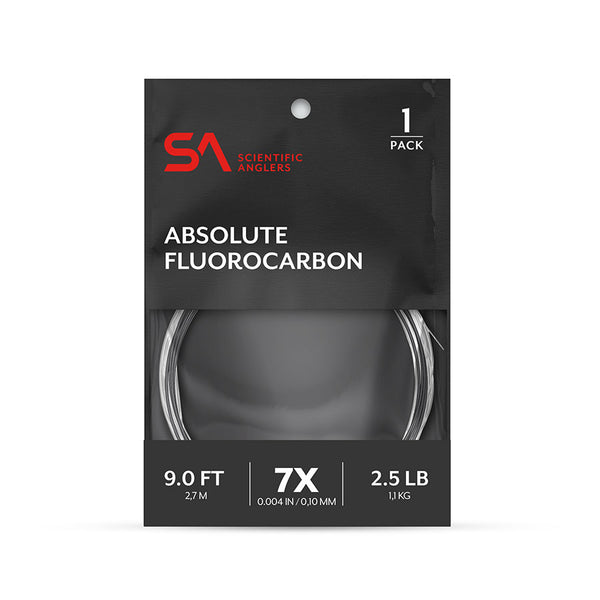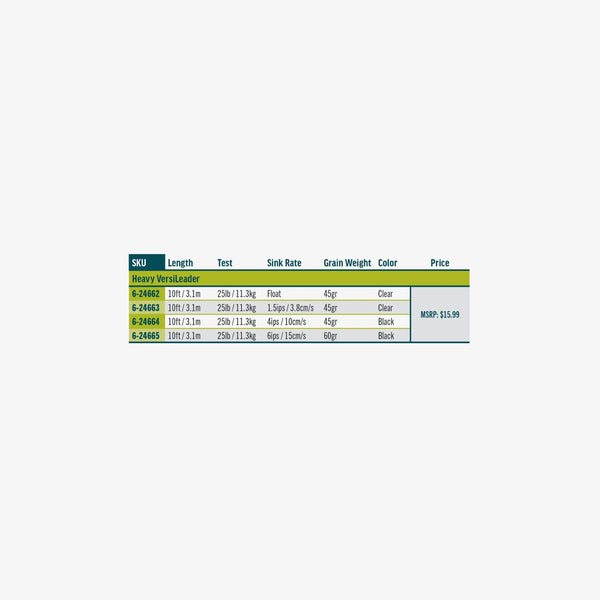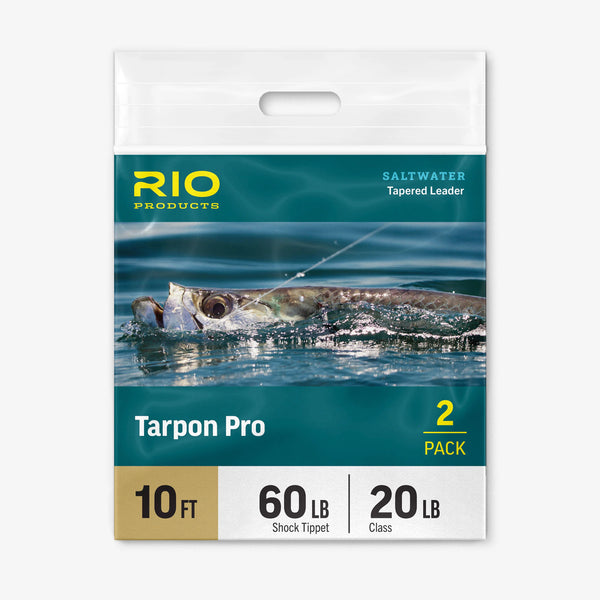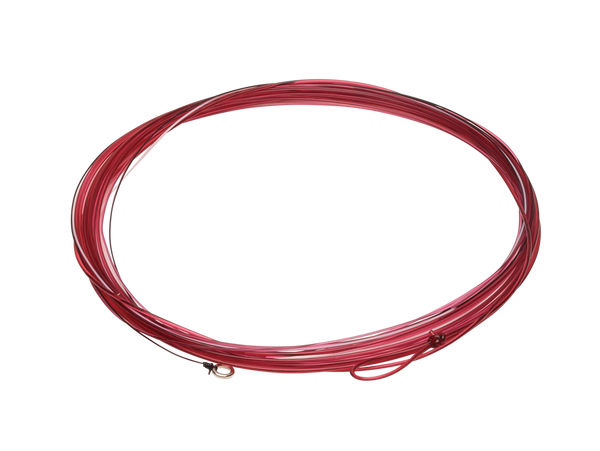Fly Fishing Leaders
A Leader is what you connect to the end of your fly line. Generally, this is achieved with a loop to loop connection. When choosing a leader you will want to consider a number of factors. first, whether you want a leader made nylon of fluorocarbon. They both have advantages and disadvantages. Let's start with nylon, nylon leader will float and are well suited for beginners because they are less expensive and they maintain 80% of their break strength when an unintentional knot (usually and overhand knot sometimes called a wind knot) is put into it. Nylon also knots well as it is a softer material and tends to bond well with its self. Nylon because it is soft tends not to be very abrasion resistant and is prone to breakage in this way. Choose mono for sections of leader you want to float. Fluorocarbon, fluoro for short, is a better choice subsurface because it sinks, becomes nearly invisible underwater, and is more abrasion resistant. Fluoro is the natural choice when nymphing or other subsurface fishing for these reasons. Fluoro, unlike mono, will drop to about 20% of its break strength if a 'wind knot' is put into it.
The next thing to consider is the length of your leader. Long leaders are tougher to cast but are better for wary fish as they put more distance between your fly and your fly line. If you have a large wind resistant fly you need the power from the fly line to cast the fly and straighten the leader. So for a grasshopper pattern, we would recommend a 7.5ft 3x leader and for a tiny mayfly on a clear slow-moving spring creek, we would recommend 12ft 6x leader. Catch our drift?

